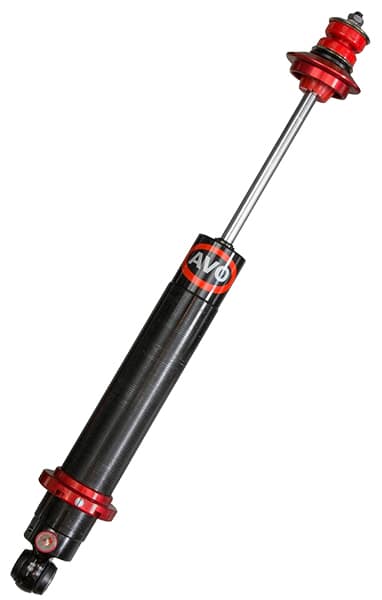The world of automotive suspension components is overly complicated as it is, and the industry terminology doesn’t make it any easier.
It’s ironic when you think about it — the objective behind oversimplifying suspension part names was to make things easy to understand, and not the other way around.
Words like “shocks”, “shock absorbers”, “damper”, “coilover”, and “strut” are often muddled together and used interchangeably, which adds to the confusion.
Of these, coilovers and struts are commonly mixed up and we can see why. Even though they’re both technically shock absorbers, they function in significantly different ways and have varying levels of responsibility.
In this brief article, we’ll clear the air and explain the differences between struts vs coilovers. Let’s get into it.
Coilovers vs Struts
One of the reasons behind the confusion surrounding these terms is that suspension component manufacturers target their branding material towards different markets — light truck/off-road, and street/track car markets to be specific.
The distinction is actually quite clear and simple. Once you grasp the basic concept, you’ll know exactly what to look for when shopping for aftermarket suspension.
Below we’ll outline the similarities and differences between shocks, struts, and coilovers.
Shocks

Simply put, the word “shocks” is short for “shock absorber”. Many people use either of these words to describe the damper — a tube-like device that regulates the compression and decompression of coil springs.
The damper is essentially a piston in a cylinder filled with either oil or gas.
The term “shock absorber” can be used to indicate anything that dampens the feedback from the road. It can describe a strut connected to a coil spring, a coilover, or even just the damper.

The semantics around “shock” and “shock absorber” is largely context-dependent. That is, the right meaning can be attributed to these terms based on the context they’re used in.
For the sake of simplicity, we prefer letting dampers be called “dampers”, and that “shock” or “shock absorber” should only entail the entire unit combining the damper, and coil spring, depending on the suspension type being discussed.
For instance, the elliptical leafs in a leaf spring suspension can technically be called shock absorbers. But there’s little sense in doing that — just call them what they are: springs.
Struts

Strut slides are an integral part of the suspension system. They do more than just absorb shock — they’re a structural link between the car and the steering knuckle.
In other words, they provide structural support for the car, support the spring, and hold the tire in an aligned position.
Struts do all the heavy lifting by bearing the brunt of your suspension’s total workload. They’re tasked with not only absorbing shocks but also holding the full weight of the car.
Hypothetically, if factory struts are removed, your car won’t be drivable and you won’t be able to steer the wheels.
It’s worth noting that fully assembled and/or adjustable struts can technically be called coilovers because they do have a coil over a shock.
Coilovers

Understanding how coilovers work will solve half the confusion around this subject. As the name suggests, a coilover is basically a coil spring wound over a damper, encased over a threaded body.
They’re quite similar to struts, as they share the same responsibility of dampening the forces that are exerted on the car when driving over bumps and potholes.
The major difference between the two is that coilovers are usually reserved for performance-oriented driving conditions as they offer tons of adjustability so that you can tune your suspension the way you want.
Coilovers also be used to alter your suspension geometry to some extent as they allow you to alter your ride height and change camber settings.
The ability to adjust camber angle, adjust preload, and alter ride height make coilovers a lot more versatile than struts.
Summing Up
So there you have it — the difference between struts and coilovers, simplified. Isn’t it insane how complex the modern-day automotive suspension system is?
Knowing what’s called what and understanding how these things work will help you to make an educated decision when shopping for car parts.
What do you think about the difference between shocks, struts, and coilovers? Did we miss any vital info? Let us know by leaving a comment below!

